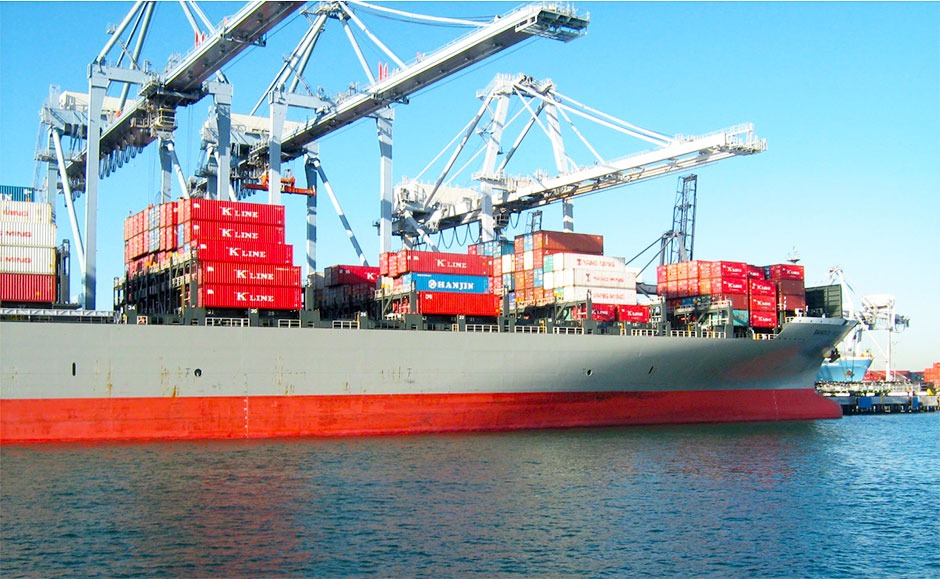DTCI was engaged by Transport Canada Economic Analysis to provide advice on methodology for estimating the elasticity of marine cargo traffic through Canada’s major ports. In economics, elasticity is the measurement of how an economic variable responds to a change in another. In the context of port traffic, elasticity is a measure of the extent to which a change in variables such as transportation costs or transit time for cargo shipped through the port gateway affects the volume of traffic. The typical objectives of research on port traffic elasticity include:
- Evaluation of the impact of changes in transportation costs due to the imposition of fees (for example environmental or infrastructure fees) or port charges on the volume of port traffic; or
- Evaluation of the extent to which investments in transportation infrastructure, etc. can increase port traffic as a result of reductions in transportation costs or improvements in transit time or reliability for shipments transiting the gateway.
This study evaluates examples of various model types and assesses the advantages and disadvantages of each, focusing on data requirements, accuracy and reproducibility of results.
The main model categories include:
- Disaggregate or Aggregate Models: Disaggregate models focus on the elasticity of different segments of port traffic; aggregate models focus on total port traffic.
- Discrete Choice, Continuous or Qualitative Models: Discrete choice models focus on modelling the choice of firms between mutually exclusive alternatives (i.e. for example shipping via the Ports of Los Angeles and Long Beach or shipping via the Port of new York/New Jersey) i.e. “which one”. Continuous models focus on the choice of quantity shipped through a port i.e. “how much”. Qualitative models rely on the judgement of the study’s author(s).
- Deterministic or Stochastic Models: In deterministic models the results are completely determined by the specifications and inputs to the model. Stochastic models use statistical methods which can also account for the influence of unobserved factors through an error term.
- Cross-sectional or Time Series Models: Cross-sectional models are used to assess the relationship between variables associated with one period or point in time. In time series models the variables are associated with a sequence of points in time.
This study evaluates examples of the various model types and assesses the advantages and disadvantages of each, focusing on data requirements, accuracy and reproducibility of results.
The results of the study were presented at the Metrans International Urban Freight conference on October 17, 2019. A copy of the full report is available on request.


